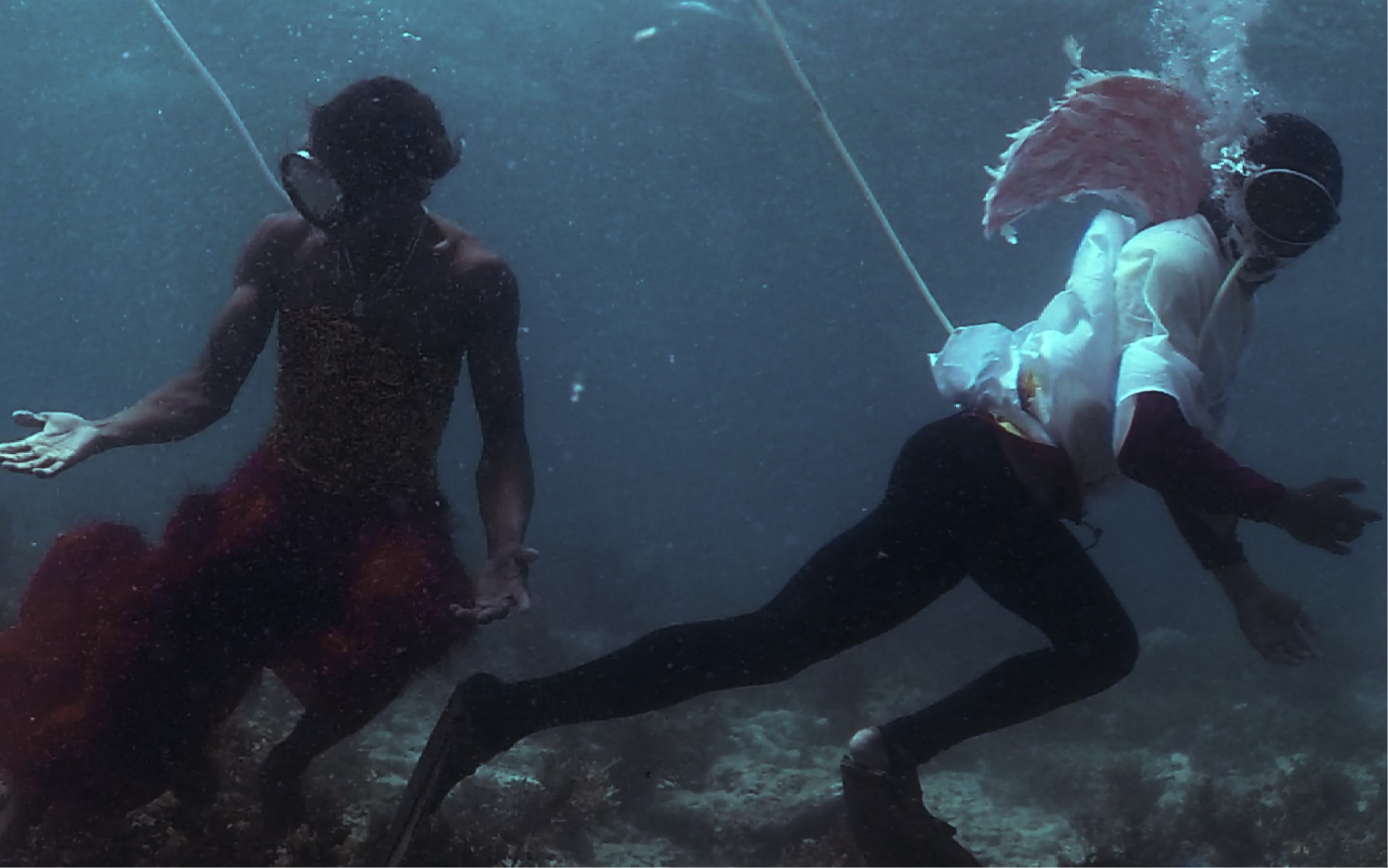
Art Basel 2025
Patricia Perez Eustaquio, Taloi Havini, Martha Atienza
Premiere Sector Booth P1 | Unlimited Sector Location U15, Messe Basel, Messeplatz 10 | Parcours, Tropical Zone Store
About
Silverlens is pleased to participate in Art Basel in Basel 2025 across three sectors, featuring works by Patricia Perez Eustaquio, Taloi Havini, and Martha Atienza.
What if we read artworks not as inert expressions of value but as participants in circuits of exchange – objects whose meaning and political charge are not fixed, but shaped by their trajectories through space, time, and institutional regimes? Across the practices of Patricia Perez Eustaquio, Taloi Havini, and Martha Atienza, we encounter not just representations of economy but artworks that operate within, and against, material systems of valuation. They make visible the social lives of materials long assumed to be mute: earthenware, abacá rope, breath. They resist flattening into commodity, even as they circulate within spaces that enact the logics of exchange. Each, in its way, dramatizes what anthropologist Arjun Appadurai calls a “commodity situation,” a moment when an object’s exchangeability becomes its socially relevant feature.
Premiere Sector | Booth P1: Patricia Perez Eustaquio and Taloi Havini
Patricia Perez Eustaquio’s works take as their departure point a 9th-century Hindu upavita, a golden sash worn across the torso found in Southern Philippines. Weighing nearly four kilograms, it signifies the wealth of pre-colonial Philippines. In her Fountain sculptures, Eustaquio supersizes its serpentine form and transposes its techniques into abacá, a plant fiber that was foundational in Spanish imperial trade and prized for maritime ropemaking, enabling Spanish galleons to conquer the seas. In Eustaquio’s hands, the thick loop-in-loop chains of abacá slouch and slither across supports, floors, and mirrored orbs. They are relics that will not rest. The material shift is not just formal: it doubles historical regimes – feudal and colonial, gold and abacá, ceremony and extraction.
Alongside these fiber pieces, Eustaquio presents two “woven paintings” that layer printed scans of her brushstrokes with physical gestures, found fabric, and abacá. She begins with abstract marks in paint, then photographs, slices, and recomposes them digitally, and prints the digital renderings on velvet. The resulting images are collaged onto inabel, a handwoven cotton textile often found in domestic settings. This inabel base transforms a vernacular object into a ground for painterly abstraction. Digital and physical brushstrokes appear alongside ikat fragments, hair-like golden abacá braids, and bulging threads. The brushstroke becomes a “digital readymade,” a mark unmoored from origin.
Facing these are five new works by Taloi Havini developed in Basel during her research fellowship at the Museum der Kulturen Basel and with support from the Institute Art Gender Nature at the FHNW. Each disc takes inspiration from kapkap, carved clam- and turtle-shell ornaments from the Solomon Islands during times of ceremony of which many are in museum collections. The larger the kapkap, the greater the wearer’s prestige, further signified by beroana, ritual shell money, on the ropes that secure kapkap to the body. Havini cascades porcelain and earthenware beroana from the wall- mounted discs, referencing Chinese currencies and Pacific shell money in the Basel collection. These works mimic museological display: ritual objects rendered inert for observation, their journey to the institution marked by globalised circulations of objects and material.
Unlimited Sector | U15: Taloi Havini
In Beroana (shell money), Havini extends a project she has developed across three previous iterations. Beroana, or shell money, is more than a system of payment. It structures life: offered at weddings, funerals, and acts of reconciliation, and when not in use, kept in tsuhana (meeting house), sacred vessels stored in secret high places. The fourth edition of this long-term project departs from previous versions made entirely of earth from the southern hemisphere, now supplementing earthenware from Havini’s home region with porcelain sourced from Europe, Britain, and China. Porcelain originated in China then came to metonymically stand in for it – once an imperial luxury, then a colonial export, now a shorthand for fragility and refinement.
As with previous editions of Beroana (shell money), these beroana are presented in a whirling, freely suspended spiral in earthy tones of cream to terracotta to seafoam blue, invoking a ceremonial choreography. They speak a poetics of exchange beyond coercion, forged not in transaction but in obligation and relation. The extraction of natural resources, once diverted toward imperial gain, is here redirected into cherished forms that act toward unity rather than division. If colonialism ruptured the flow of reciprocal exchange across the Pacific Islands, Havini’s Beroana reassembles its material inheritances, considering how sacred forms of relation might persist, even when made from the materials of former empires.
Parcours: Martha Atienza
Location: Tropical Zone Store, Clarastrasse 30, 4058 Basel
Down the road from the Messeplatz, Martha’s three-channel video from the TARONG / KAONGKOD (2019) series is on view at Tropical Zone, an African food and beauty store. Set against a vinyl photograph of a tropical beach from the store’s own backdrop, an ironic nod to the commodified paradises of the tropics, the video work unfolds above a row of chest freezers. In black and white, desaturated and slowed, the footage shows a boy from Bantayan Island, Philippines, learning to be a compressor diver. In this semi-legal practice, divers descend up to 40 meters with no equipment except a hose between their teeth attached to a makeshift, low-pressure compressor above. Driven to deeper and deeper depths to continue eking out a living, these divers risk paralysis, brain damage, and death to gather dwindling fish. Installed within a shop filled with goods from the far- flung tropics, and positioned atop an image of tropical fantasy, the work insists on proximity. Their invisible labor made hyper-visible. It makes visible the asymmetries of who gets to luxuriate and who must descend. Value, here, is set adrift, again and again.
Across a 79-minute sequence, Atienza follows the rhythm of a boy’s breath as he submerges and resurfaces with the waves, his metronomic rhythm uncomfortably slow against the ocean’s swell. Air is made tactile, pressurized in the fragile body. At times, this footage is interspersed with that of an older fisherman: this is a form of inherited knowledge that trades air for subsistence, risk for necessity. Atienza records endurance, a persistent economic breathlessness. The breath of a young boy at sea, becomes a quiet testimony to the fluid and situational nature of value. It holds the rhythm of ancestral knowledge—unwritten, but deeply embodied—and echoes a timeless connection to the ocean. In each inhale and exhale, we witness resilience: a child navigating shifting tides not just of water, but of climate, economy, and power. His breath is not a commodity—it is presence, memory, and resistance.
– Sheau Yun Lim
Patricia Perez Eustaquio (b. 1977, Cebu, Philippines; lives and works in Benguet Province, Philippines) is known for works that span different mediums and disciplines—from paintings, drawings, and sculptures, to the fields of fashion, décor, and craft. She reconciles these intermediary forms through her constant exploration of notions that surround the integrity of appearances and the vanity of objects. Images of detritus, carcasses, and decay are embedded into the handiwork of design, craft, and fashion while merging the disparate qualities of the maligned and marginalized with the celebrated and desired. From her ornately shaped canvases to sculptures shrouded by fabric, their arrival as fragments, shadows, or memories, according to Eustaquio, underline their aspirations, their vanity, this ‘desire to be desired.’ Her wrought objects—ranging from furniture, textile, brass, and glasswork in manufactured environments— likewise demonstrate these contrasting sensibilities and provide commentary on the mutability of perception, as well as on the constructs of desirability and how it influences life and culture.
A recipient of The Cultural Center of the Philippines’ Thirteen Artists Awards, Patricia Perez Eustaquio has also gained recognition through several residencies abroad, including Art Omi in New York and Stichting Id11 of the Netherlands. She has also been part of several notable exhibitions, such as The Vexed Contemporary in the Museum of Contemporary Art and Design, Manila; That Mountain is Coming at the Palais de Tokyo in Paris, France; and An Atlas of Mirrors in the 2016 Singapore Biennale. Eustaquio will be participating in the Hangzhou Triennial of Fiber Art opening in September 2025.
Taloi Havini (b, 1981, Arawa, Autonomous Region of Bougainville, Papua New Guinea; lives and works in Brisbane, Australia) is an interdisciplinary artist working across media from sculpture, photography, moving image, installation, and sound. A descendant from the Nakas clan of the Hakö (Haku) people of northeastern Buka, her research practice is shaped by her matrilineal ties to her land in Bougainville and studies surrounding Indigenous Knowledge Systems and museum collections.
Havini creates immersive and site-specific experiences, often reflecting on ideas of transmission, mapping and representation. She continues to work collaboratively on cultural heritage projects with communities in Bougainville.
Havini won the prestigious Artes Mundi Prize on its tenth edition. Havini’s artwork is held in public and private collections including TBA21–Academy, Sharjah Art Foundation, Art Gallery of New South Wales, Queensland Art Gallery | Gallery of Modern Art (QAGOMA), National Gallery of Victoria and KADIST, San Francisco, CA, USA. She has participated in numerous solo and group exhibitions exhibiting with Artspace, Sydney; Palais de Tokyo, Paris; Sharjah Biennial 13, UAE; 3rd Aichi Triennial, Nagoya; 8th & 9th Asia Pacific Triennial of Contemporary Art, QAGOMA, Brisbane; TBA21’s Ocean Space, Venezia; Barbican Centre, London; Auckland Art Gallery Toi o Tāmaki, New Zealand; the Honolulu Biennial, Hawaii; and Artes Mundi 10, Wales. Currently, Havini has a work on view at The Metropolitan Museum of Art, New York as part of the reopening of the Michael C. Rockefeller Wing.
Martha Atienza (b. 1981, Manila, Philippines; lives and works in Bantayan Island Philippines) is a Dutch-Filipino video artist exploring the format’s ability to document and question issues related to the environment, community, and development. Born to a Dutch mother and Filipino father, Atienza has navigated between these cultures throughout her life, and the oscillation between the two significantly influence her approach to observation, documentation, and the concept of the gaze. Her video is rooted in both ecological and sociological concerns as she studies the intricate interplay between local traditions, human subjectivity, and the natural world. Frequently examining her immediate surroundings, she excels in exploring the potential of art as a catalyst for societal transformation.
She won the Baloise Art Prize in Art Basel for her seminal work Our Islands in 2017. Prior to this, she was twice awarded the Ateneo Art Awards in Manila (2012/2016) and the Cultural Center of the Philippines Thirteen Artist Award (2015). Atienza has been selected as one of 12 featured artists in the inaugural exhibition of the Naoshima New Museum of Art, a new platform from Benesse Art Site Naoshima, opening May 2025 in Japan. Recent biennials and triennials include Manifesta 15, Barcelona (2024); Diriyah Biennale: After Rain, Diryah (2024); the 17th Istanbul Biennial, Istanbul (2022); Bangkok Art Biennale: Escape Routes, BACC, Bangkok (2020); Honolulu Biennial: To Make Wrong / Right / Now, Oahu, Hawaii (2019); and the 9th Asia Pacific Triennial of Contemporary Art, QAGOMA, Brisbane (2018). Her solo exhibition The Protectors inaugurated Silverlens New York in 2022.
Premiere Sector | Booth P1: Patricia Perez Eustaquio and Taloi Havini
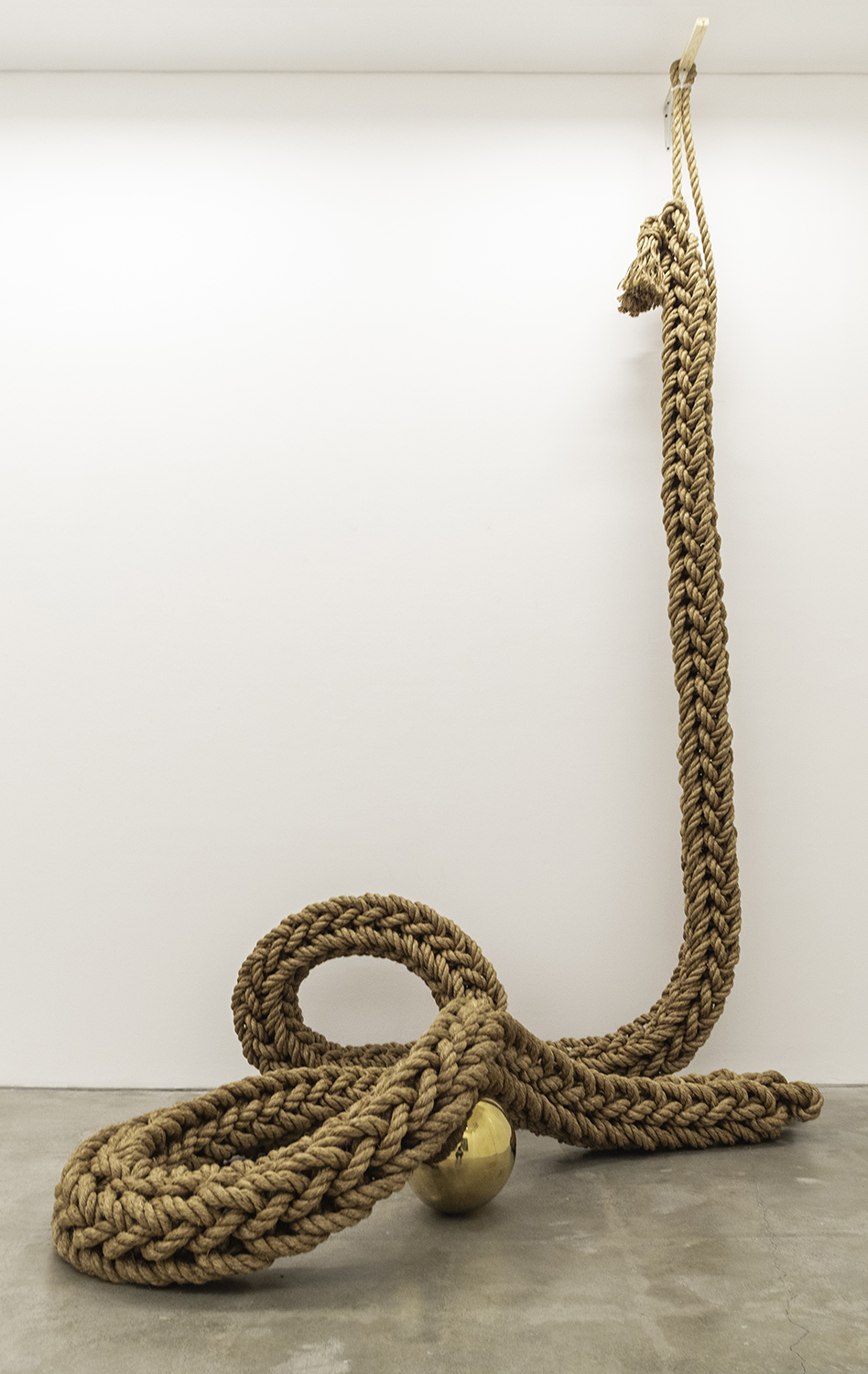
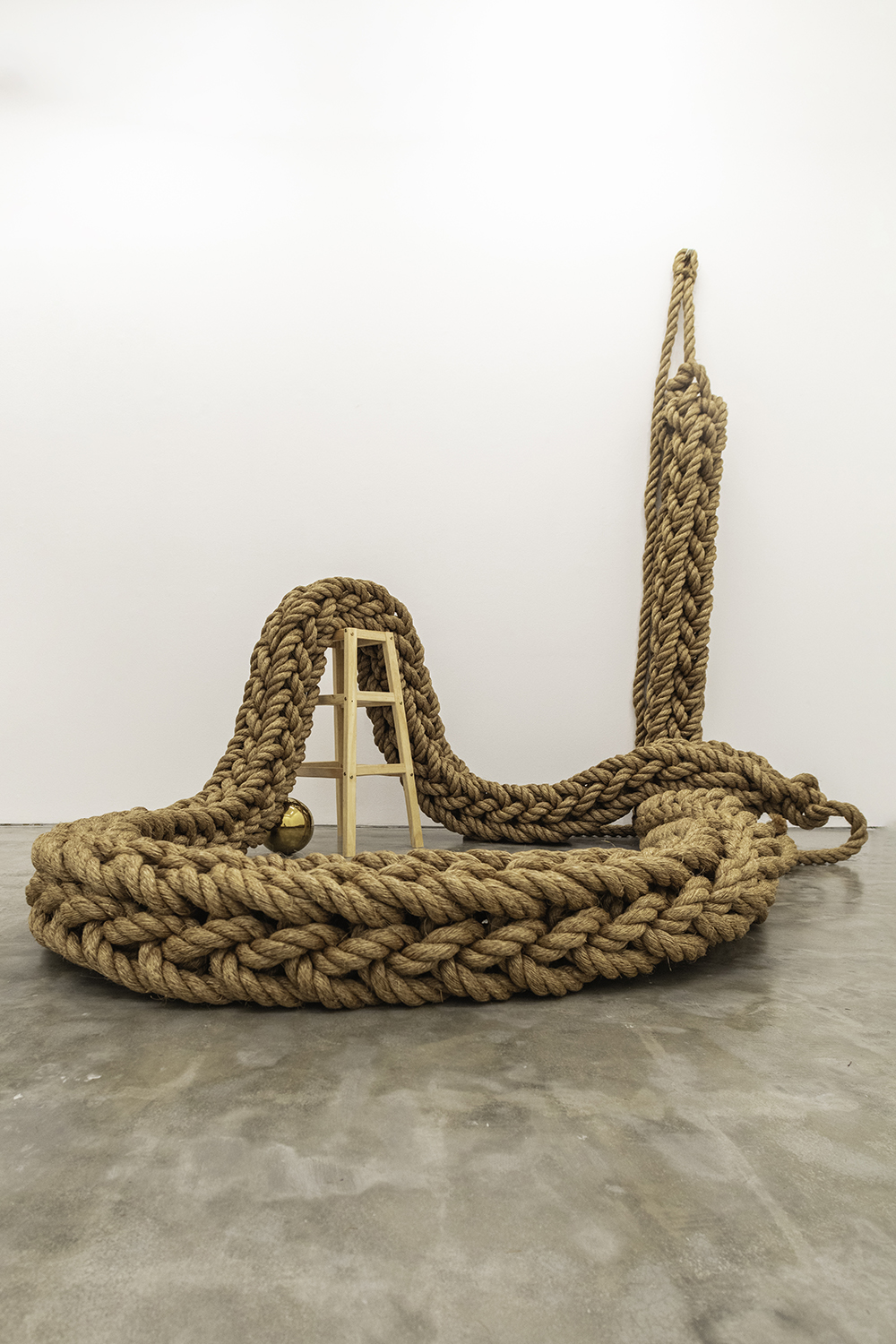
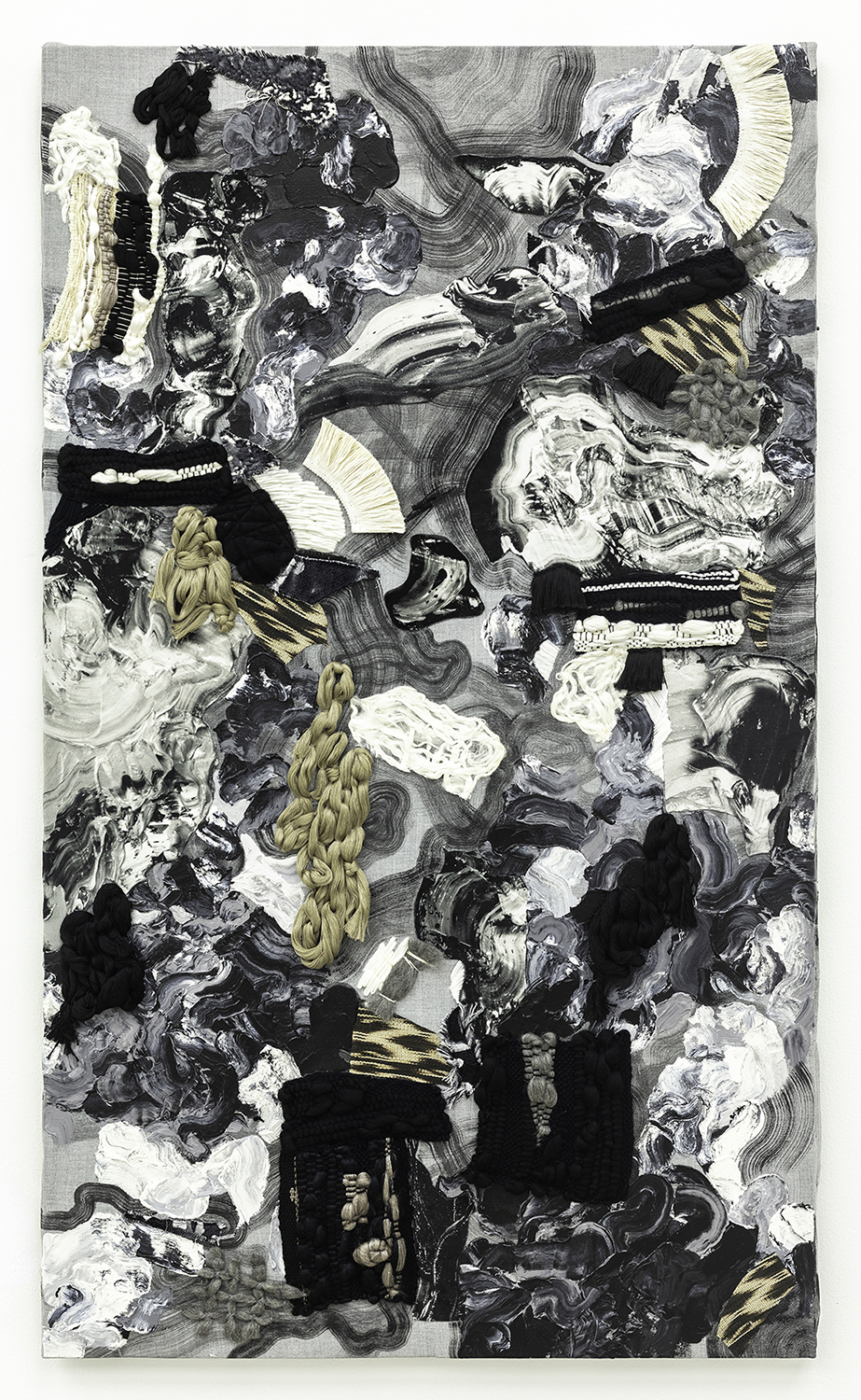
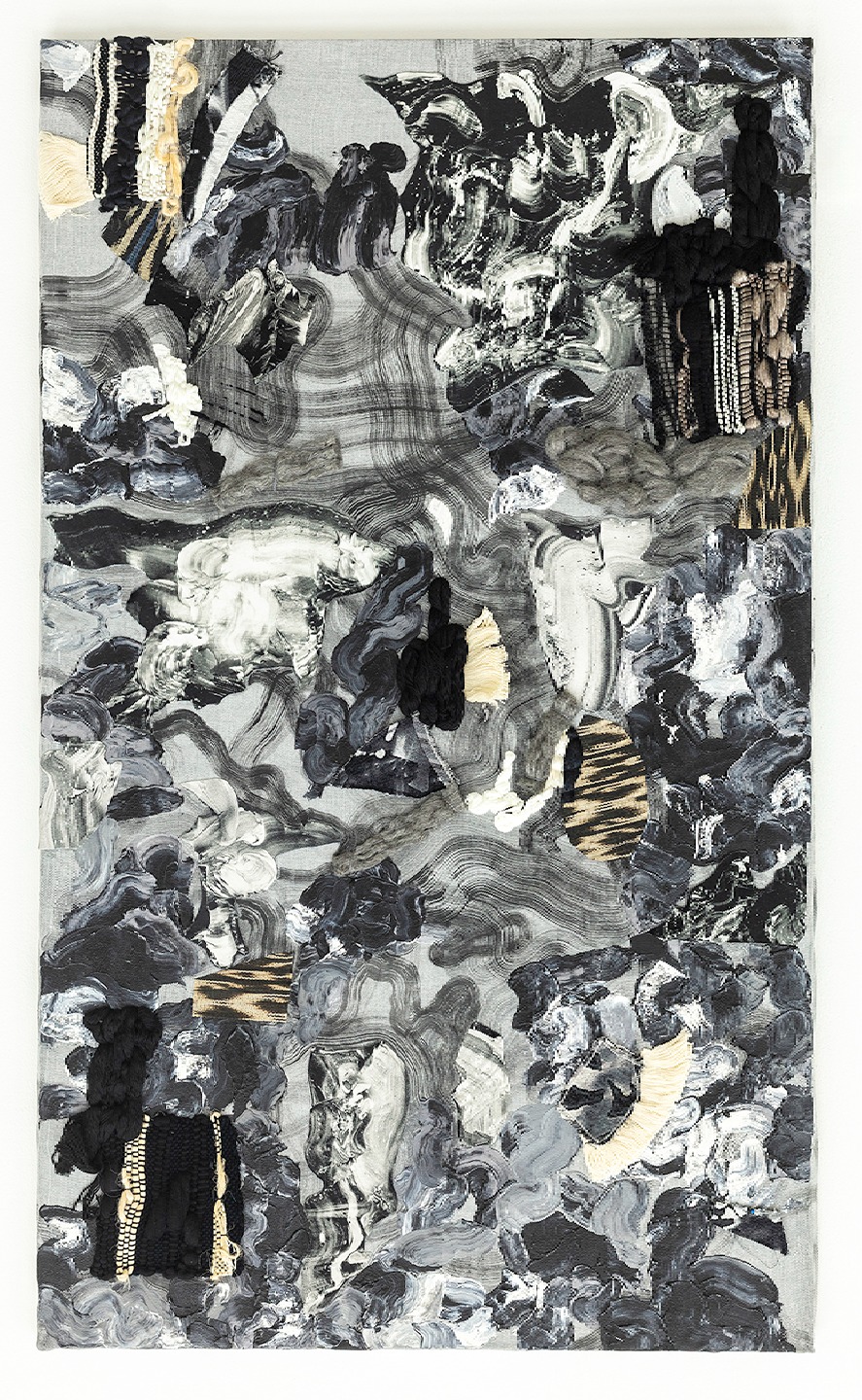
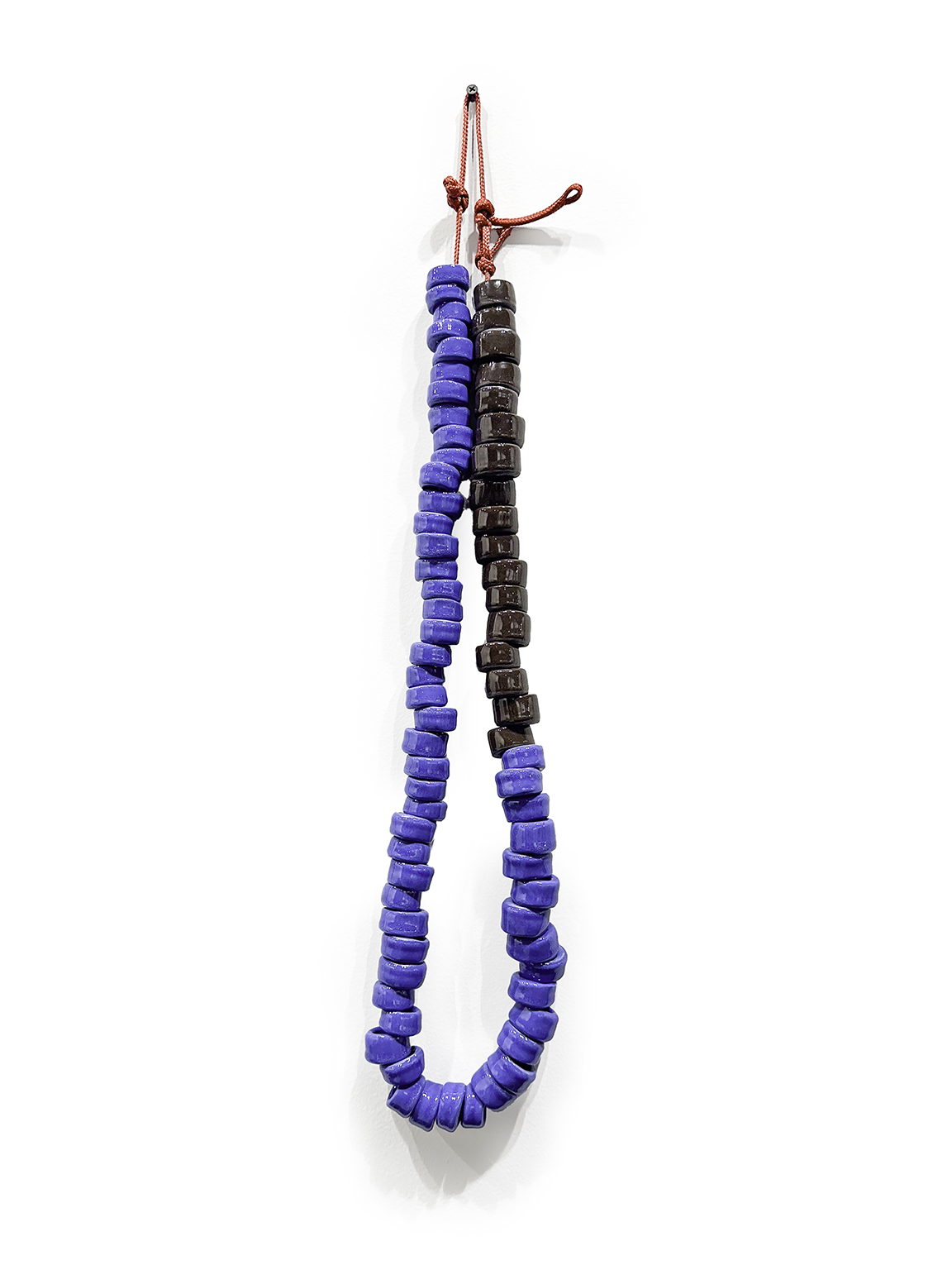
These works continue Taloi Havini’s long-term exploration of beroana, or shell money, drawing on her ancestors’ use of sea shells as currency. Eighteenth- and nineteenth-century examples of beroana are held in ethnographic collections across Europe. Havini supersizes and reimagines the form as a metaphor for perceived value, engaging with the materiality of currency and systems of exchange. If colonialism disrupted reciprocal trade across the Pacific Islands, Beroana reassembles those material inheritances—proposing that sacred forms of relation can endure, even when forged from the remnants of empire.
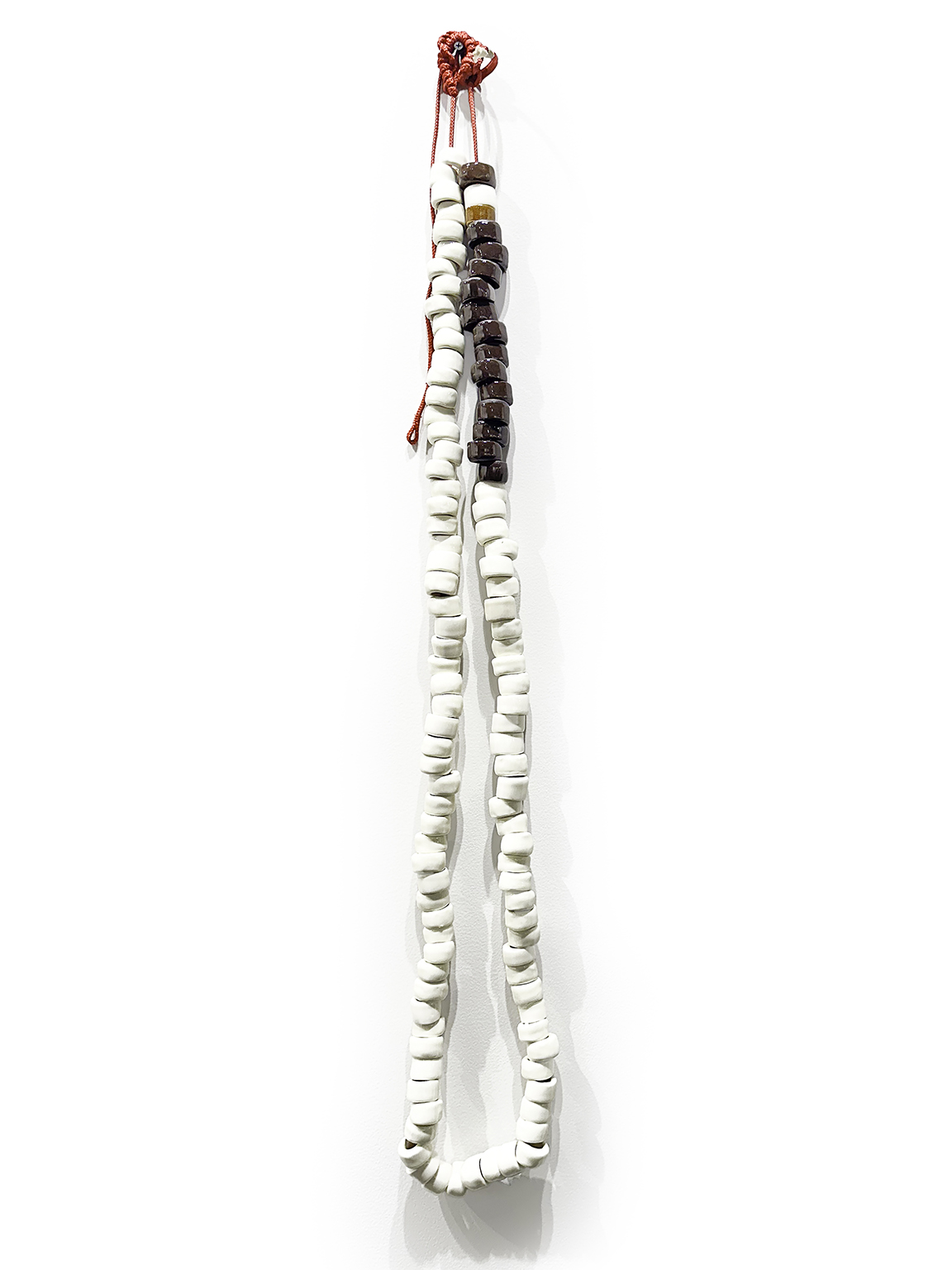
These works continue Taloi Havini’s long-term exploration of beroana, or shell money, drawing on her ancestors’ use of sea shells as currency. Eighteenth- and nineteenth-century examples of beroana are held in ethnographic collections across Europe. Havini supersizes and reimagines the form as a metaphor for perceived value, engaging with the materiality of currency and systems of exchange. If colonialism disrupted reciprocal trade across the Pacific Islands, Beroana reassembles those material inheritances—proposing that sacred forms of relation can endure, even when forged from the remnants of empire.
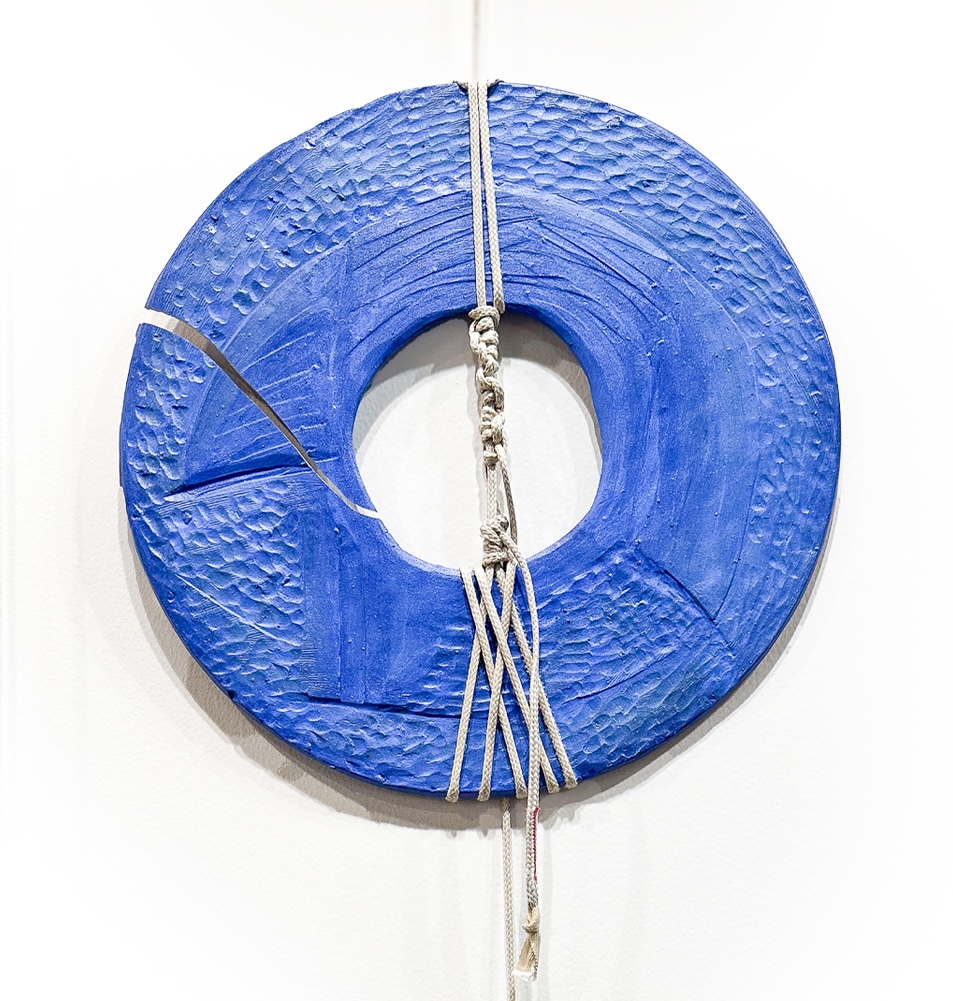
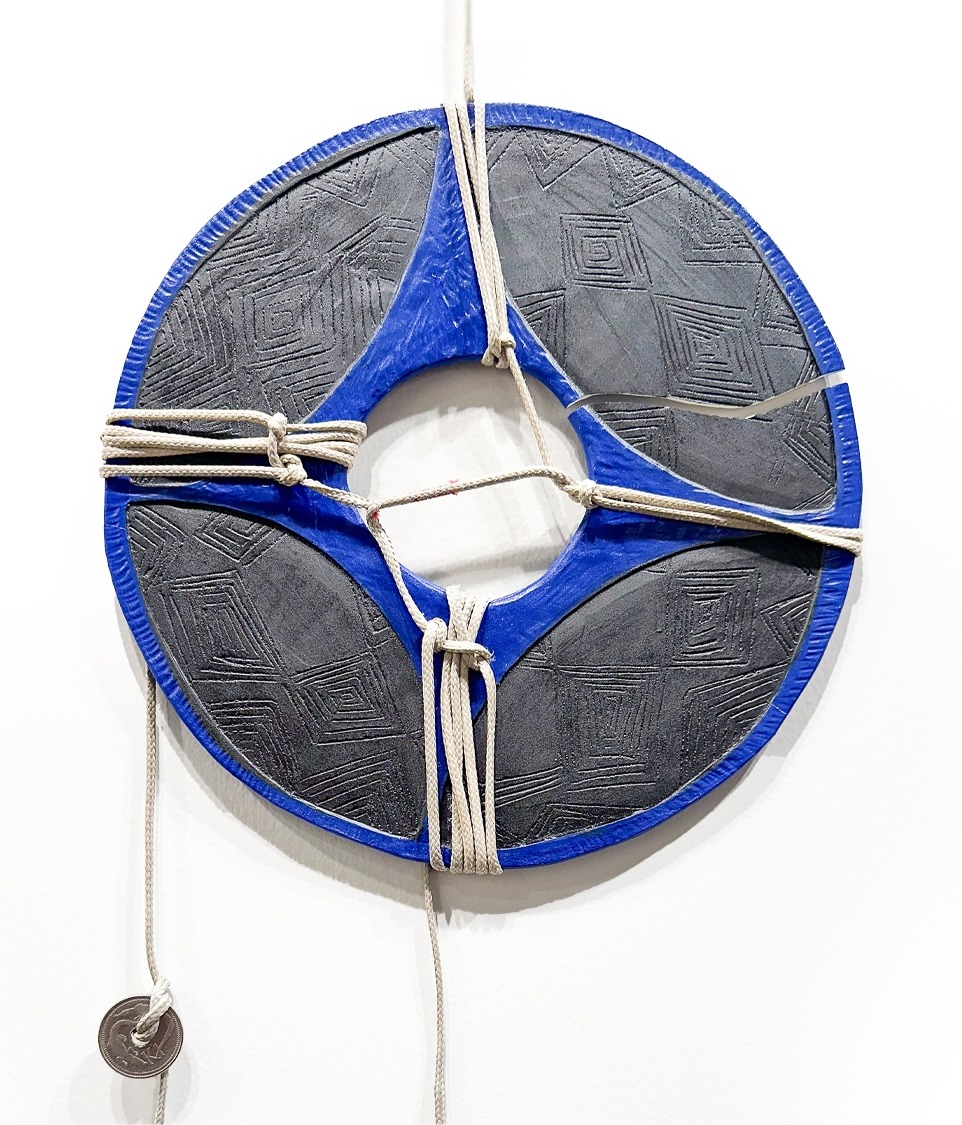
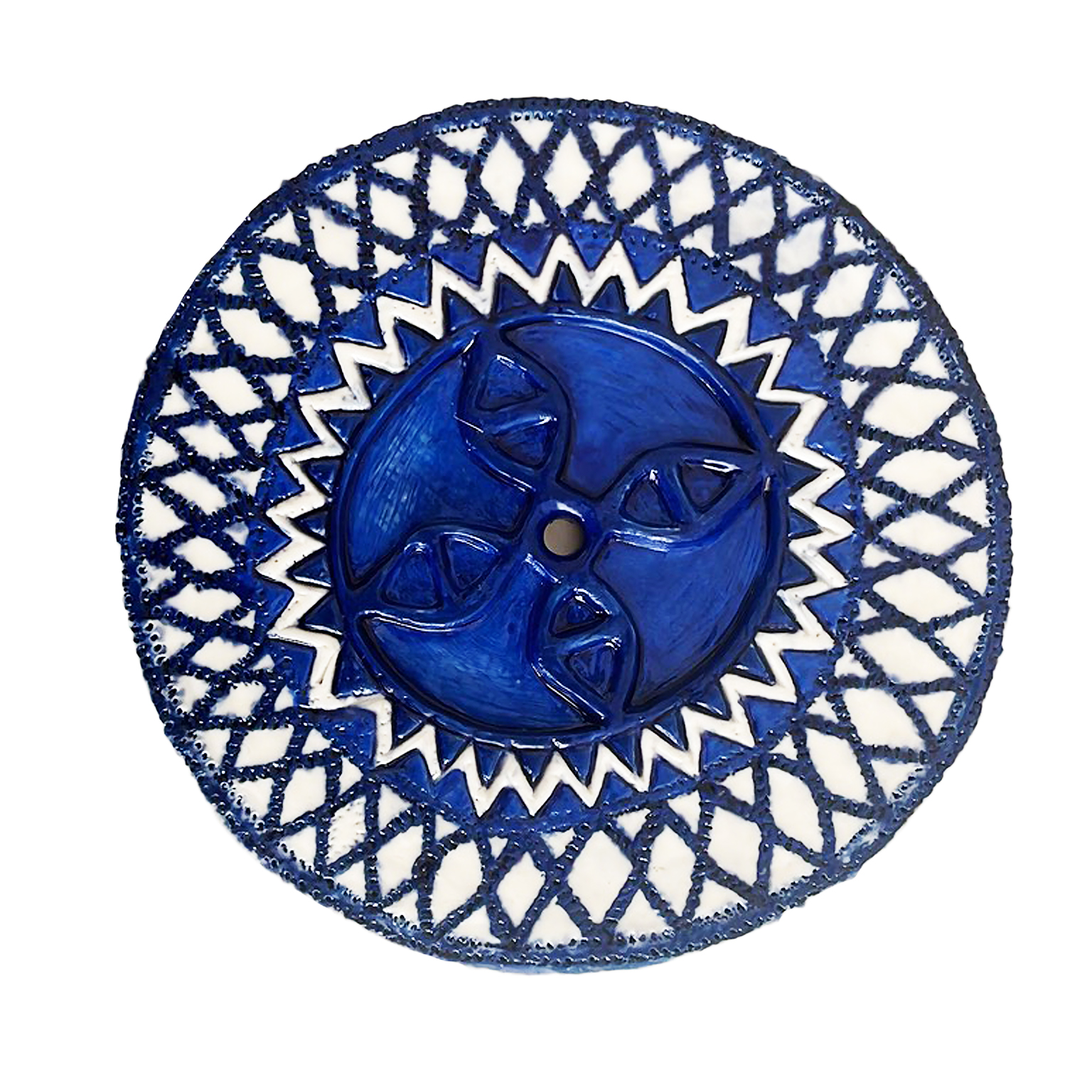
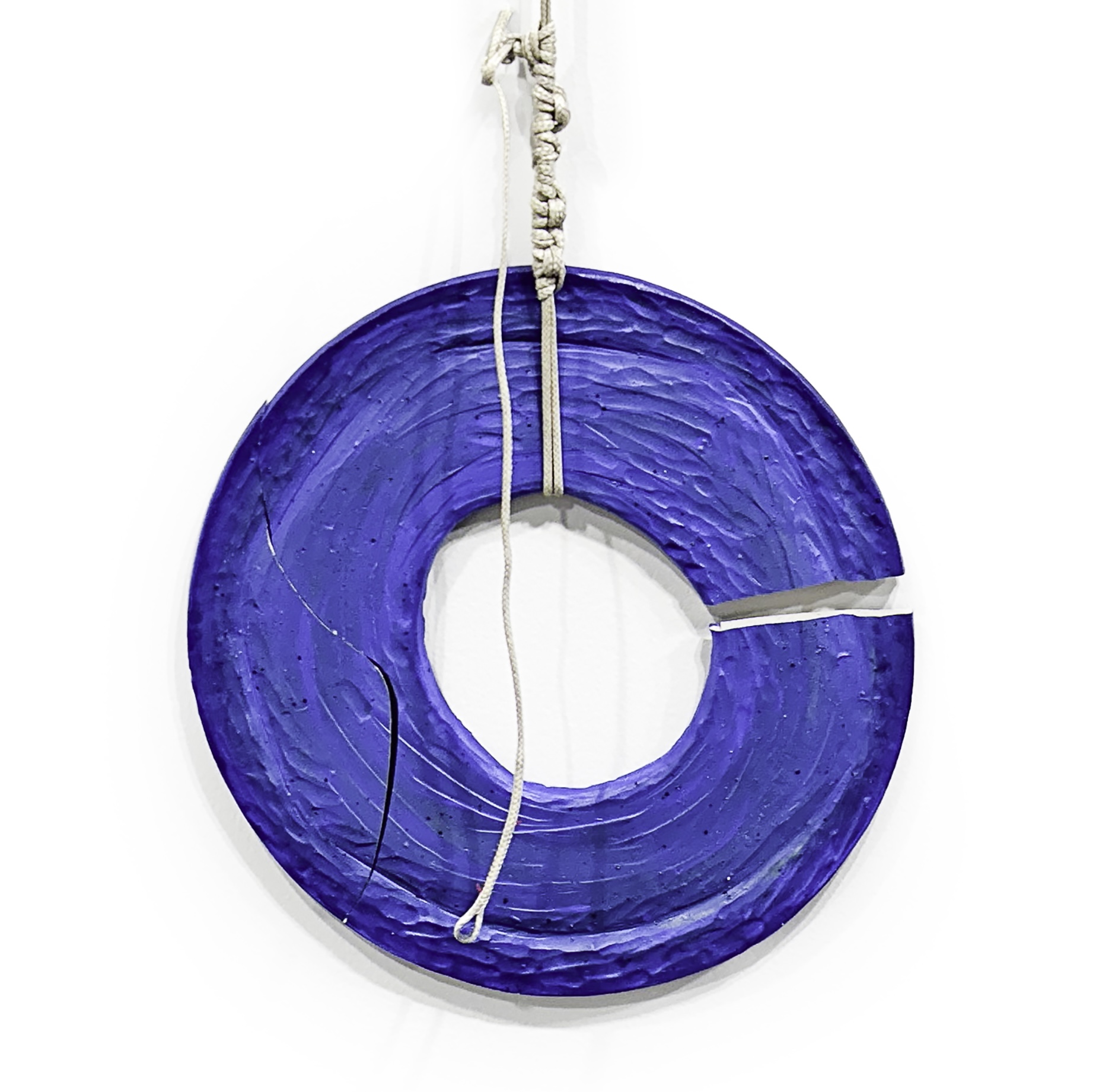
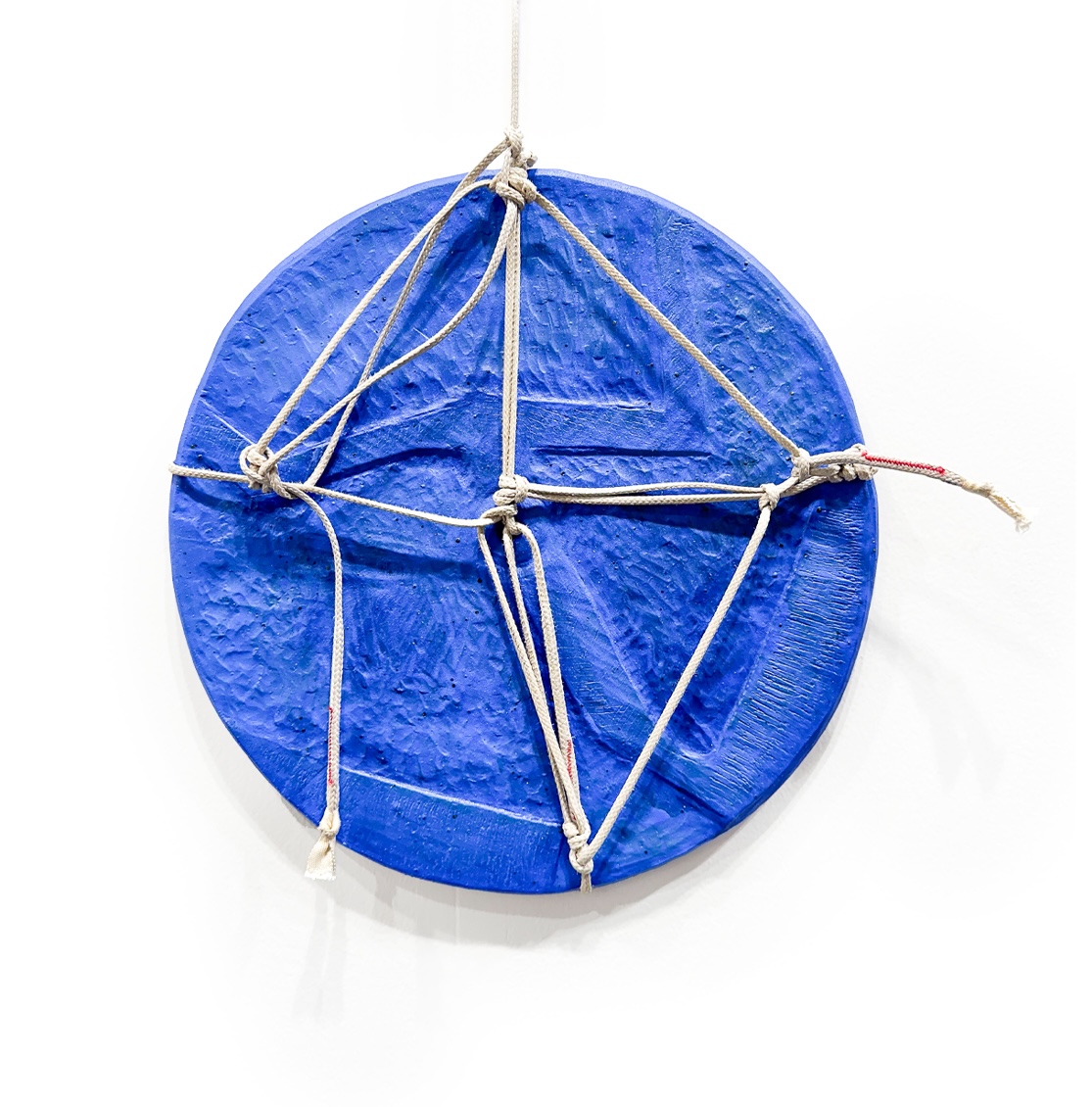
Unlimited Sector | U15: Taloi Havini
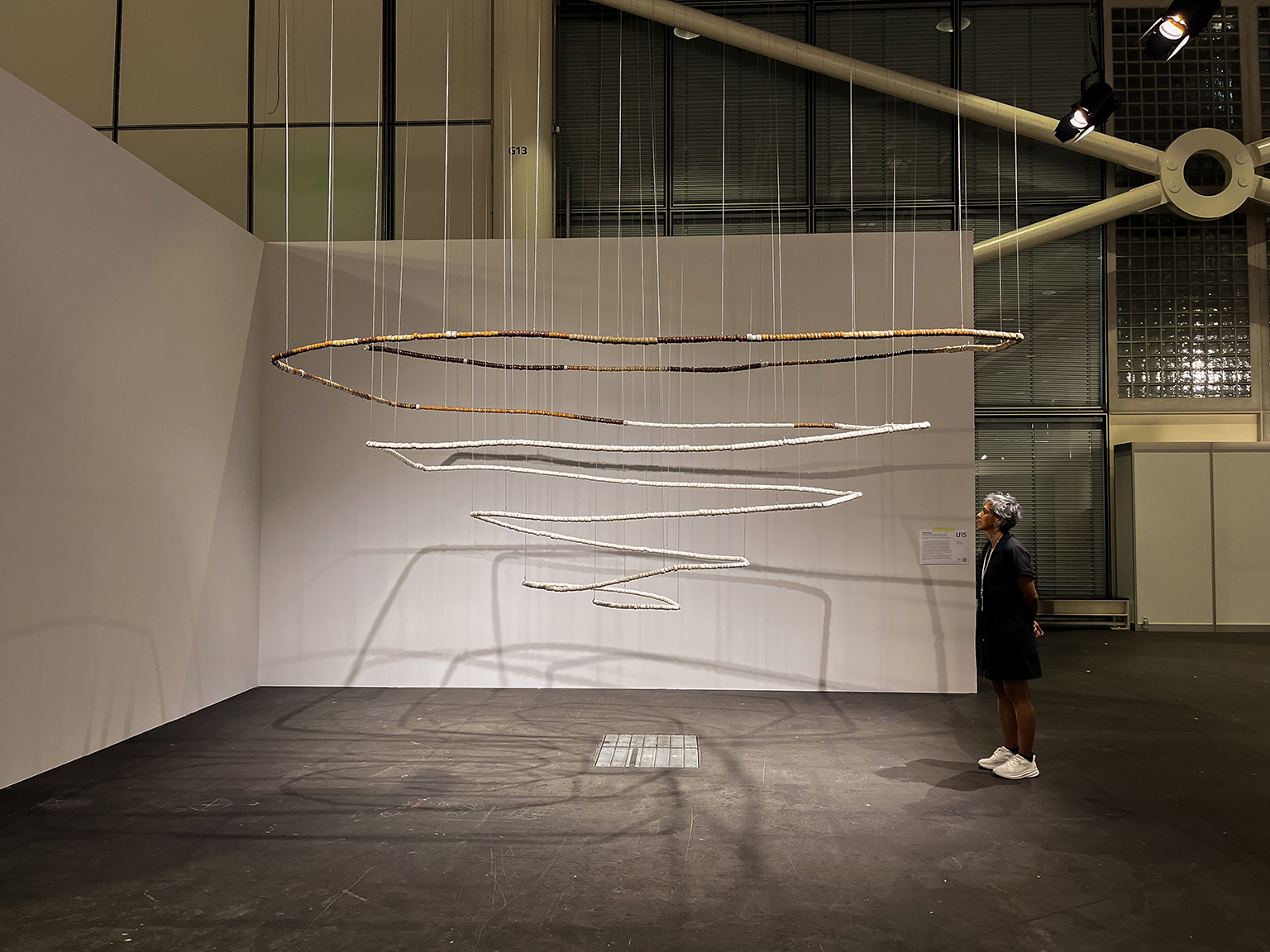
In Beroana (shell money), Havini extends a project she has developed across three previous iterations. Beroana, or shell money, is more than a system of payment. It structures life: offered at weddings, funerals, and acts of reconciliation, and when not in use, kept in tsuhana (meeting house), sacred vessels stored in secret high places. The fourth edition of this long-term project departs from previous versions made entirely of earth from the southern hemisphere, now supplementing earthenware from Havini’s home region with porcelain sourced from Europe and China. Porcelain originated in China then came to metonymically stand in for it – once an imperial luxury, then a colonial export, now a shorthand for fragility and refinement.
Parcours: Martha Atienza

2019-08-06 Tue 2:27 PM PST 1.50 meters High Tide
Kaongkod 11°16’12.0”N 123°45’23.4”E
2019-08-03 Sat 12:14 PM PST 2.03 meters High Tide


